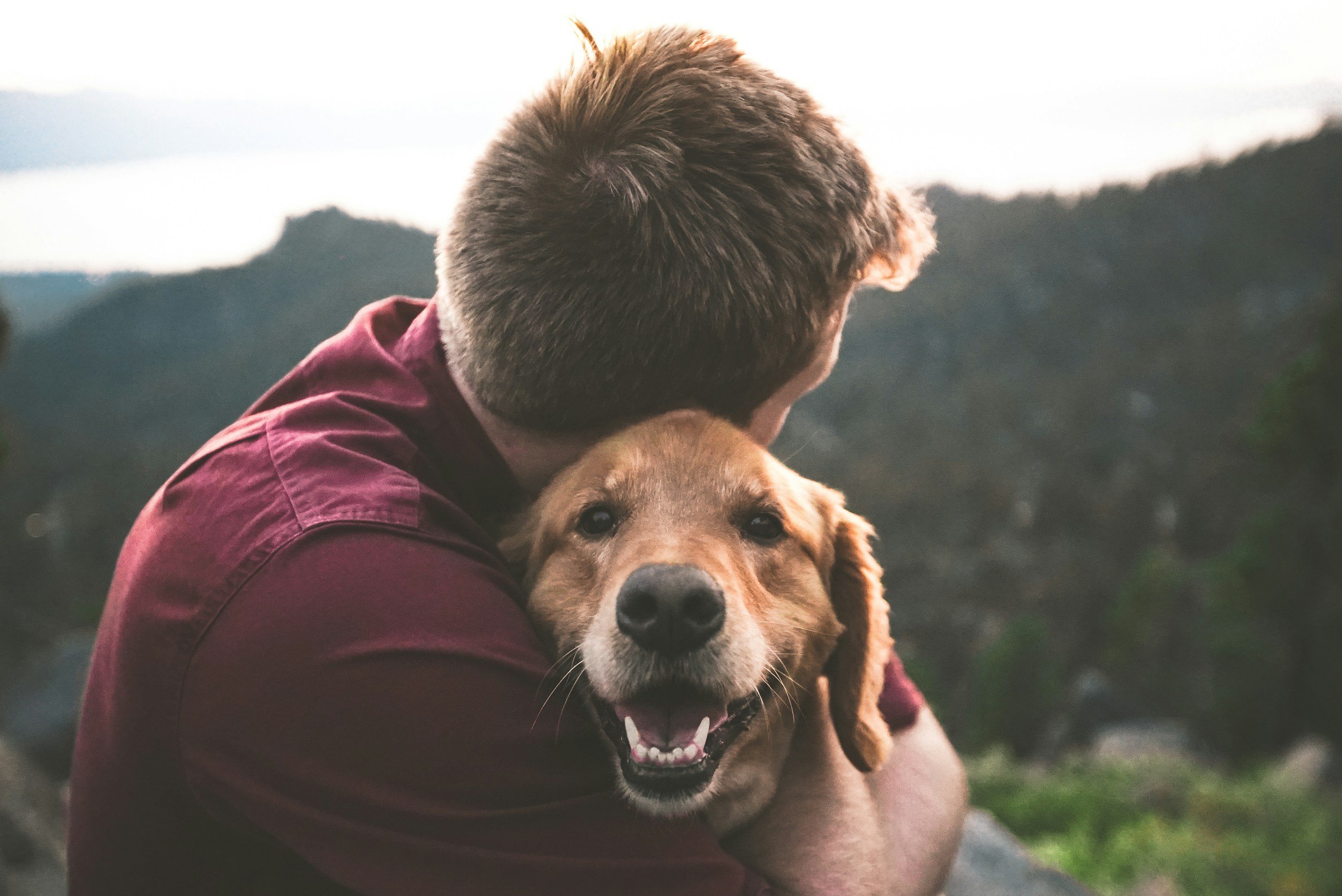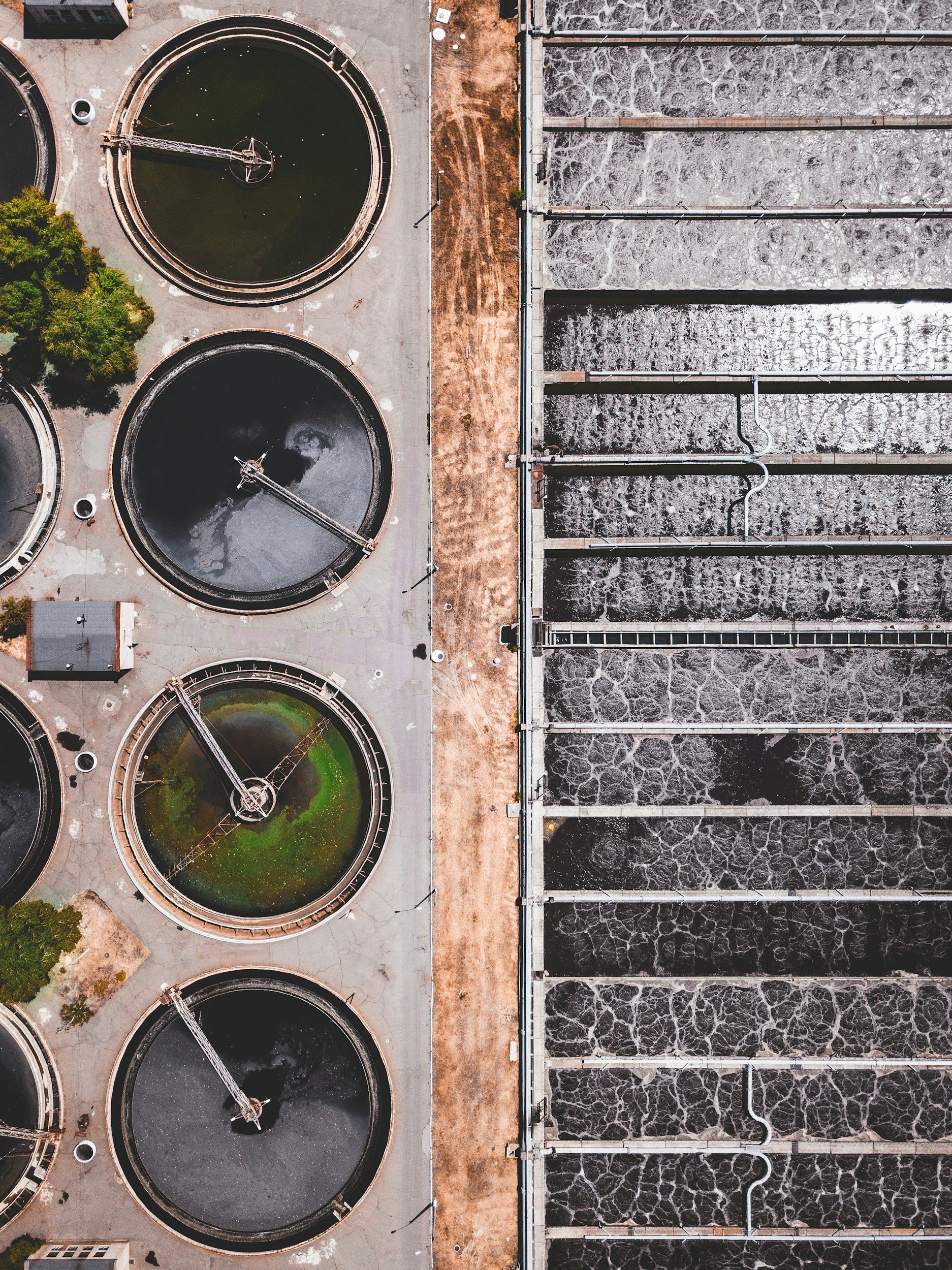
Love and Legacy: Honoring Pets with Meaningful Decisions
For many of us, pets are more than companions—they are family. When their time with us comes to an end, the choices we make for their aftercare not only reflect our love but also leave a legacy of how we honor the bond we shared. In Fargo, North Dakota, where pet owners seek compassionate solutions, these decisions are an opportunity to merge love with meaningful action.
Flame-based “traditional” pet cremation is a familiar choice, offering closure through memorialization. Yet, as more people explore environmentally conscious options, aquamation is emerging as a thoughtful alternative. This water-based process mirrors the natural decomposition of life, using far less energy and producing minimal emissions compared to cremation. According to research by Bartley et al. (2020), aquamation consumes only one-tenth the energy of fire-based cremation, reducing the environmental impact while offering the same opportunity to honor your pet’s memory.

The Heart of Sustainability: Small Changes, Big Impact
Flame-based “traditional” cremation, while widely used, has a notable environmental impact. Data varies, but estimates range between 80-230 lbs of CO₂ are released into the atmosphere with each animal cremation; assuming 155 lbs of CO₂ per animal (average) coupled with the data-driven estimate of 8,000 annual deaths of dogs and cats in the Fargo-Moorhead area, that could result in 124,000 lbs of CO₂ emissions from pet cremation just in our region every year. On a national (US) level, more than 350,000 tons of CO₂ are emitted by the pet cremation industry in the United States (Environmental Protection Agency, 2023). These emissions add to the already significant carbon footprint of pet ownership.

Breaking the Mold: Rethinking Pet Aftercare Choices
Challenging the status quo can feel daunting, especially when grief is involved. According to research on decision-making, we tend to rely on familiar patterns when under stress or emotional strain (Kahneman, 2011). In these moments, breaking free from habit requires courage and a willingness to explore alternatives that may better reflect our values and priorities. One such alternative is aquamation - a sustainable alternative to flame-based cremation for pets in the Fargo area.

The Comfort of Routine: Why We Cling to Familiar Habits
Convenience euthanasia doesn’t exist in a vacuum; it is deeply influenced by societal attitudes toward pets, responsibility, and ethics. In many cultures, pets are considered family members, and the expectation is that owners will go to great lengths to provide for their care. However, these expectations may clash with the realities of life, such as financial hardship, limited resources, or the overwhelming challenge of managing a pet with severe behavioral issues. Research shows that judgment from peers or online communities often exacerbates feelings of guilt among owners facing such decisions, further isolating them in their grief

Understanding Convenience Euthanasia: Part 2
Convenience euthanasia doesn’t exist in a vacuum; it is deeply influenced by societal attitudes toward pets, responsibility, and ethics. In many cultures, pets are considered family members, and the expectation is that owners will go to great lengths to provide for their care. However, these expectations may clash with the realities of life, such as financial hardship, limited resources, or the overwhelming challenge of managing a pet with severe behavioral issues. Research shows that judgment from peers or online communities often exacerbates feelings of guilt among owners facing such decisions, further isolating them in their grief

Understanding Aquamation: A Gentle Choice for a Greener World
When it comes to saying goodbye to a beloved pet, many families seek options that reflect their values, including environmental responsibility. Aquamation, also known as alkaline hydrolysis, offers a gentle and sustainable alternative to traditional cremation and burial. With its reduced environmental footprint and dignified process, aquamation is quickly becoming a preferred choice for eco-conscious pet owners.

Creating a Legacy for Your Pet: Ideas for Meaningful Memorials
When a beloved pet passes, creating a meaningful memorial can help preserve their memory and bring comfort to those who loved them. Memorials honor the bond you shared and provide a way to celebrate the joy your pet brought into your life. Whether through physical keepsakes, ceremonies, or environmental contributions, there are many ways to create a lasting legacy.

Planning Ahead for Peace of Mind: Why Pre-Planning Pet Aftercare Matters
Losing a beloved pet is one of the hardest experiences a family can face, but thoughtful planning can bring peace of mind during such an emotional time. Pre-planning pet aftercare allows families to focus on celebrating their pet’s life instead of making rushed decisions during moments of grief.

Understanding Convenience Euthanasia: A Delicate Topic in Pet Care
Before we begin…
This is an extremely difficult subject to explore and reducing it to a binary of good/bad is not helpful. The intention, here, is to open an exploration of perspectives. Around 66% of US households identify as having a pet - that’s about 87 million American families (Insurance Information Institute, 2023), and all of those families have adopted or purchased a pet for their own reasons. At some point, almost all of those families will need to say “goodbye” to their animal. This is not coming from a place of judgement.

Winter’s Chill: How Colder Weather Unveils Discomfort in Aging Pets
As temperatures plummet, the impact of cold weather on pets, especially aging or ailing ones, becomes increasingly evident. Cold can exacerbate existing conditions, revealing discomfort that might have otherwise gone unnoticed. This seasonal shift prompts many pet owners to take a closer look at their animals’ health, often resulting in significant decisions about their care.

Why Do Euthanasia Requests Spike in Veterinary Clinics During the Holidays?
Veterinary clinics often report an increase in euthanasia requests during November and December. While scientific studies on this trend are limited, several factors are widely believed to contribute to this seasonal pattern…

Preparing for Obstacles in Your Small Business Journey
Starting and running a small business is a thrilling experience, but it can also be fraught with challenges. As you navigate your entrepreneurial journey, it’s crucial to anticipate potential obstacles, such as not budgeting enough, delays, or fluctuating costs. Here’s how to prepare for these common hurdles to ensure your business remains resilient.

Securing Equipment and Supplies: Understanding Leasing vs. Purchasing
When starting a small business, one of the most significant decisions you’ll face is how to secure equipment and supplies. Whether you’re in the pet care industry, hospitality, or manufacturing, the choice between leasing or purchasing can impact both your finances and operations. Here’s what you need to know to make the best choice for your business.

Navigating High-Initial Costs: How to Manage Upfront Investments
Starting a business with high upfront costs can feel overwhelming, but with the right strategies, you can navigate these challenges and set yourself up for long-term success. Many businesses, such as those in the funeral and memorial services industry, face significant initial investments in equipment, space, and materials. Here are some practical ways to manage those costs.

Global Fertilizer Shortage: The Benefits of Nutrient Recycling & Closing the Loop with Aquamation
Nutrient recycling is a critical process in sustainable farming and environmental stewardship. It allows for the reuse of essential nutrients, reducing the need for synthetic fertilizers and minimizing waste. One emerging method that fits into this model is aquamation, also known as alkaline hydrolysis. Aquamation’s ability to produce nutrient-rich wastewater could provide an eco-friendly way to “close the loop” by returning essential nutrients back to the soil.

Global Fertilizer Shortage: What Makes a Good Liquid Fertilizer
At the heart of any quality liquid fertilizer is its nutrient content. Plants require three primary nutrients: nitrogen (N), phosphorus (P), and potassium (K)—often referred to as N-P-K in the agricultural industry. These elements are crucial for growth, root development, and overall plant health. Nitrogen boosts foliage growth, phosphorus supports root formation and flower production, and potassium strengthens the plant’s resistance to diseases and helps in water regulation. A well-balanced liquid fertilizer provides these nutrients in concentrations appropriate for specific crops or growing conditions.

Global Fertilizer Shortage: Understanding the Nutrient Makeup of Aquamation Wastewater
The process of aquamation breaks down the organic matter of the body using water, heat, and an alkaline solution. As a result, the wastewater contains essential nutrients such as nitrogen, potassium, and phosphorus—key elements needed for healthy plant growth. Nitrogen helps plants grow strong stems and leaves, phosphorus supports root development, and potassium enhances overall plant health. These nutrients make the wastewater an intriguing candidate for use as a liquid fertilizer

Global Fertilizer Shortage: Sustainable Farming and the Future of Agriculture
One of the key principles of sustainable farming is the use of natural resources in a way that doesn’t deplete them for future generations. This means finding alternatives to synthetic fertilizers, which are energy-intensive to produce and contribute to soil degradation over time (Kremen & Miles, 2012).

The Global Fertilizer Shortage: Why It Matters
One of the main reasons for the shortage is the global disruption in supply chains due to the COVID-19 pandemic. Many of the raw materials used to produce fertilizer, like nitrogen, phosphate, and potassium, have become harder to obtain or more expensive to transport

Eco-Friendly Urns: Honoring Your Loved One While Caring for the Planet
One of the primary benefits of eco-friendly urns is the use of sustainable materials. Unlike traditional urns made from metal, wood, or ceramic, many eco-friendly urns are crafted from biodegradable substances like bamboo, cornstarch, recycled paper, or even natural salts
